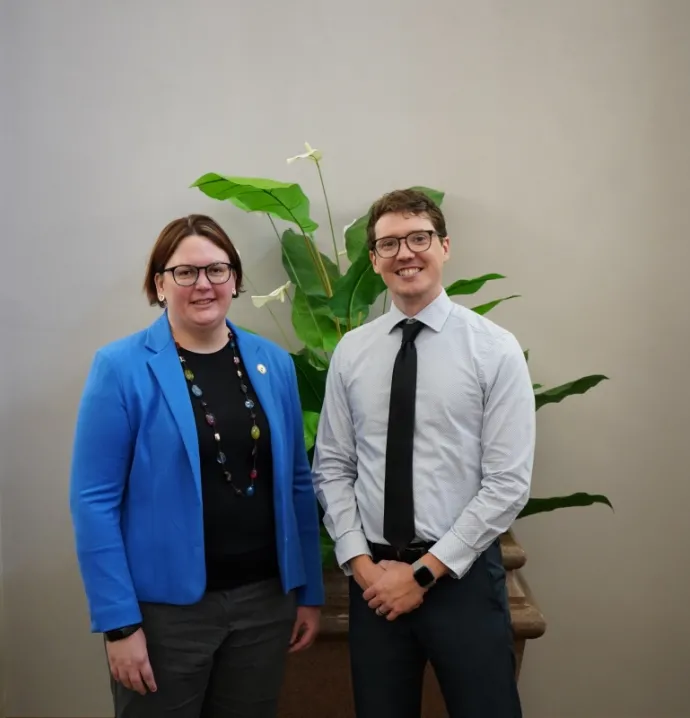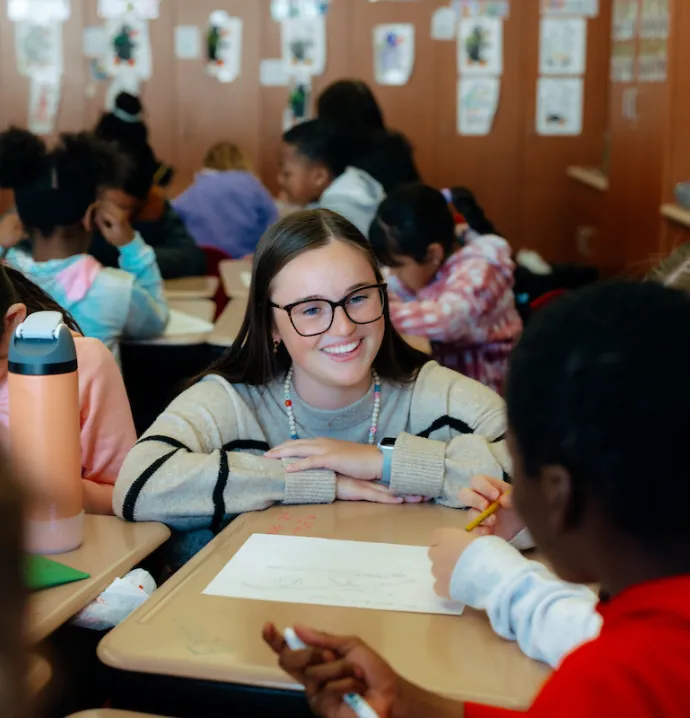New Alignment, New Directions
New Alignment, New Directions
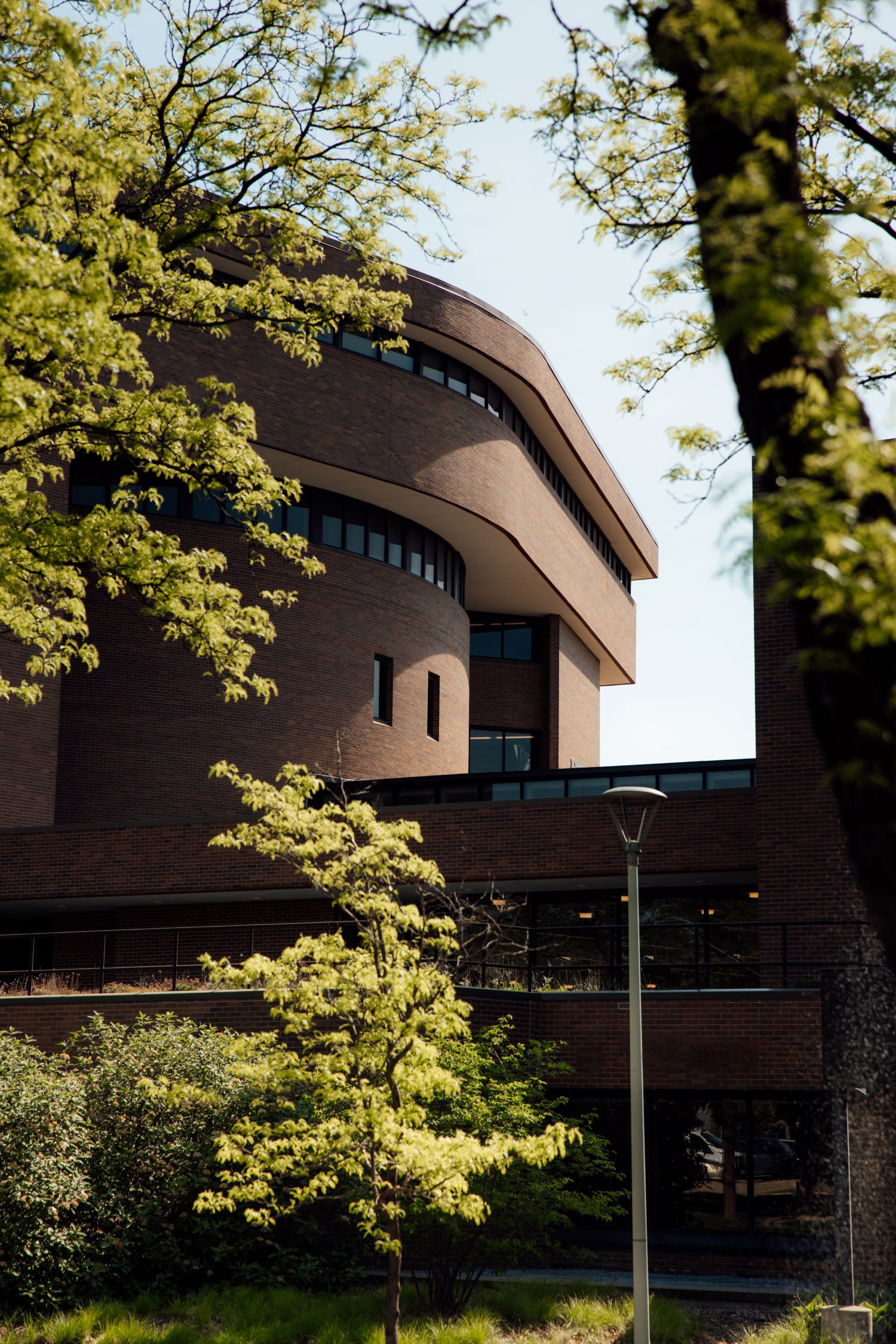 Synergy. Balance. Flexibility.
Synergy. Balance. Flexibility.
Rejuvenation.
Faculty, staff and leadership chose these words to describe the impact of a newly aligned departmental structure, which went into effect July 1 for the College of Education.
In moving from five academic departments to four, the college begins a new chapter. Importantly, it’s more than a reshuffling of people and programs, says Ron Rinehart, current head of the Department of Learning, Leadership and Community and a member of the core COE Alignment planning team.
“It’s about clarity of purpose, interdisciplinarity of effort and creating a foundation,” he says.
At the fall all-college retreat in 2023, University of Northern Iowa Provost José Herrera charged the college to reimagine the college structure following the departure of several academic programs to the new School of Health and Human Sciences in the College of Social & Behavioral Sciences.
“The remaining structure was unbalanced among five departments,” says Colleen Mulholland, dean, College of Education. “We recognized this as an opportunity to improve efficiencies and collaborations within the college while also addressing inefficiencies in operations and support of our mission to prepare future educators, administrators and professionals.”
Two years later, the college is moving forward with a newly aligned structure. In April, the Iowa Board of Regents approved the new department names, and the college announced new departmental leadership:
- Educational Foundations and Professional Experiences, led by Becky Wilson Hawbaker.
- Elementary and Middle Level Education, led by Robin Dada.
- Learning, Leadership and Community, led by Ron Rinehart.
- Literacy, Early Childhood and Special Education, led by Sarah Vander Zanden.
The outcome re-envisions the connections among disciplines, based on faculty, staff and student input and guided by six principles of efficiency, interdisciplinarity, student-focused, balance, belonging and collaboration. It also reflects true change within the college.
We recognized this as an opportunity to improve efficiencies and collaborations within the college while also addressing inefficiencies in operations and support of our mission to prepare future educators, administrators and professionals."
True change, new connections
Colleges, like most things, are dynamic. From the beginning, UNI has incorporated elements of teacher education into its structure. Initially, it was reflected in a collection of departments, some of which have roots back to the very origins of UNI. That changed with the university’s reorganization in 1967 and the establishment in 1970 of the College of Education, along with its departmental structure. Ever since, there has been a commonality in that structure. With these changes, the realignment says farewell to the departments of:
- Curriculum and Instruction, a mainstay since 1970 and responsible for more graduates than any other department at UNI
- Special Education, added in 1979
- Teaching, with the college — and UNI — in some form since its inception in 1876
- Educational Psychology, Foundations and Leadership Studies, the most recent iteration of a set of disciplines represented by various integrations since 1970
- Health, Recreation and Community Services, the remaining vestige of the original college departments devoted to physical education for men and women
The new alignment maintains disciplines, but finds new homes and new synergies with a fit that better balances operational realities while maintaining academic integrity. That includes placement of clinical faculty who support professional education (internships, student teaching) in departments with the programs they support (early childhood, elementary and secondary education).
It also adds another key component: a horizontal layer to collaboration among departments, programs and faculty.
Moving forward, the college will intertwine a more purposeful, matrixed approach for collaboration and communication from a programmatic perspective. For example, periodic gatherings regarding curricula in elementary education will welcome faculty from its department as well as colleagues within other College of Education departments and associated faculty from across UNI. Implementation includes personnel and resources to support this vision.
“The matrix model represents opportunities for interdisciplinary work while providing a departmental home. We discovered how intentional organizational design can support the values we care about most,” Rinehart says, adding, “Nothing excites the faculty more than interdisciplinary work.”
Educational Foundations & Professional Experiences (EFPE)
Becky Wilson Hawbaker, Head
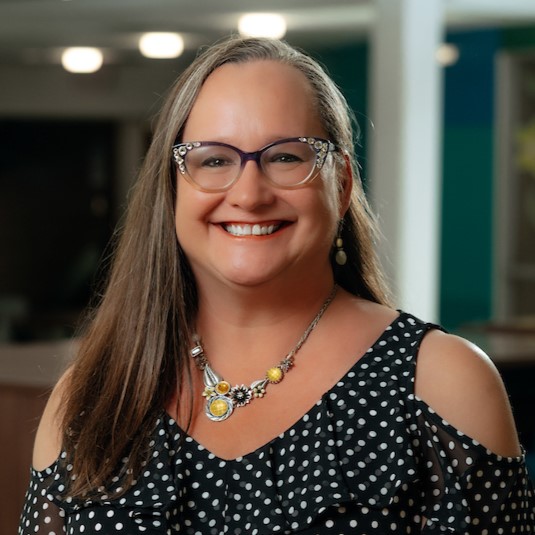 Programs:
Programs:
Educator Essentials
Educational Studies, minor
Secondary Education, MAT
Undergraduate certificate (1)
Support Doctor of Education program
What attracted you to lead this new department? EFPE is the cornerstone, capstone and additional tower of UNI’s teacher education program. The Educator Essentials courses are what all teaching majors take as their foundation, while professional experiences like Internship 1 and 2 build on that foundation, and student teaching is the capstone experience to complete preparation to teach. In addition, our department offers a tower of a Master of Arts in Teaching (MAT) to add graduate-level teacher education onto a structure built on content expertise, allowing those with BAs in secondary content areas to come back for both a master’s degree and teacher licensure.
What is your initial hope and focus? I’m excited about new collaborations and synergies we can achieve both within and across new departments. I am perhaps more excited about the horizontal, cross-departmental structures as I am about the vertical departmental structures. We definitely need both for success.
What is the “beginning of the story” for EFPE? Our EFPE crew are sadly leaving some valued former colleagues and happily joining other new ones. We are working on bringing together the best of our former departmental cultures and identities and learning more about each other personally and professionally. We are hard at work building our new courses and internships for fall implementation and ongoing revisions.
A collaboration for rejuvenation
“I see this reorganization bringing more logical structure, enhancing interdisciplinary learning and fostering collaboration among faculty, benefiting students,” says Magda Galloway, an associate professor of instruction who served on the planning committee. “We will be less in silos because the new structure encourages collaboration on a horizontal level between departments.”
“The new structure better balances our human resources and more flexibly and strategically aligns faculty according to the programs they serve and the full range of their professional roles,” says Hawbaker, while Dada notes: “Programs have potential new synergies that could bring new programs forward in areas not previously considered.”
Those thoughts align with goals to ensure greater balance in workloads for support staff and administrators, better distribution of service responsibilities and refreshed opportunities for faculty and staff interactions internally and across campus.
The alignment work, in process at the same time the UNI Teacher Education curricular transformation effort was underway, offered its challenges, but also led to greater understanding of the expertise and opportunities for collaboration and research within the college.
“We have amazing colleagues and wonderful support staff. The energy around the work was pretty contagious — so many people joined the conversation and planning, and it moved quickly as a result,” says Vander Zanden.
“The alignment process gave us a rare chance to come together across departments. Through thoughtful listening sessions, we shared concerns, exchanged ideas and learned from one another,” says Galloway. “Being in the same space — talking, reflecting and collaborating — helped us see things from new angles. It was a valuable experience that not only shaped our work, but also strengthened our sense of community.”
Elementary and Middle Level Education
Robin Dada, Head
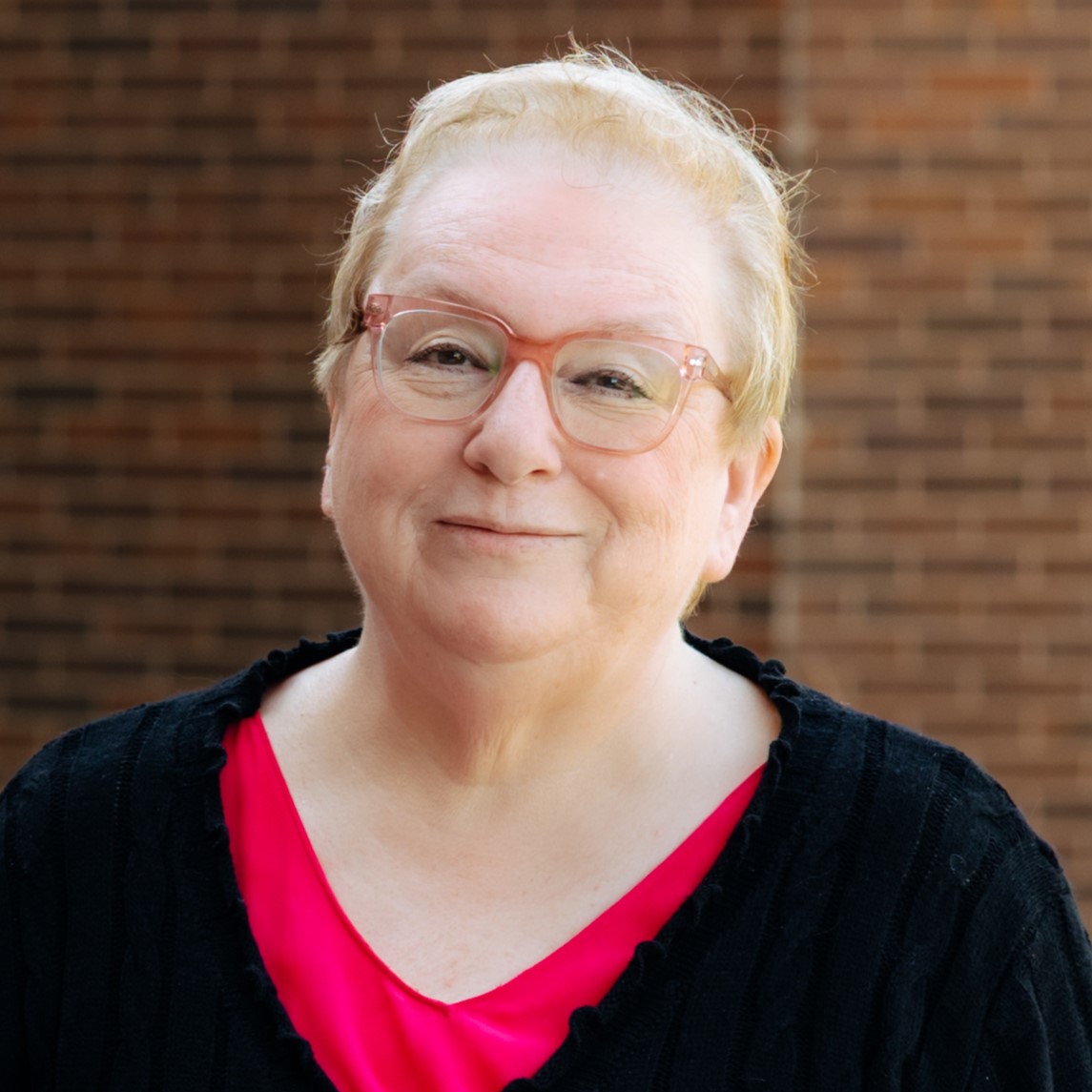 Programs:
Programs:
Elementary Education, BA, MAE, minor
Middle Level Dual Major, BA
Social Studies, minor
Transformative Education, MAE
Graduate certificate (1)
Support Doctor of Education program
What attracted you to lead this new department? The EMLE department, although highly connected to the other new departments, has the opportunity to establish connections to other programs formally and also to departments and programs that we had previously not considered. The implementation of the new curricular program will also influence the way we prepare future elementary and middle level teachers.
What is your initial hope and focus? My hope for the EMLE department is that we define a path that prepares all elementary teachers to teach all students, creating schools and classrooms where students thrive.
What is the “beginning of the story” for EMLE? We are a faculty of creative problem-solvers with the capacity to think and dream outside of the box while envisioning the best and then finding the way to get there
Programs have potential new synergies that could bring new programs forward in areas not previously considered.
A new chapter in education
Many see the potential for further innovation from new connections now forged. Dada cites synergies for interdisciplinary research and development of new programs, minors and micro-credentials. Rinehart notes a new program in development — e-sports administration — being built through new alliances within his department.
While the new structure most overtly impacts the College of Education community, its benefits extend externally as well.
“The better our internal divisions run, the better we can put our best efforts forward working with external partners,” notes Benjamin Forsyth, associate dean of undergraduate studies and teacher education.
Hawbaker foresees collaboration that, in turn, supports the preparation of educators and other professionals. And Vander Zanden considers this a renewed opportunity — with new intradepartmental alliances — to connect to external communities, including alumni.
Through the process, Rinehart says, “We gained clarity — clarity grounded in who we are and what we value. This gives us a chance to modernize, update and attract new students.
“Alignment is more than an organizational structure. It’s a commitment to a new chapter in the long story of education at UNI,” he adds. “We are working to enhance the UNI brand as we continue to lead in preparing educators and community leaders for today’s world.”
Learning, Leadership and Community
Ronald Rinehart, Head
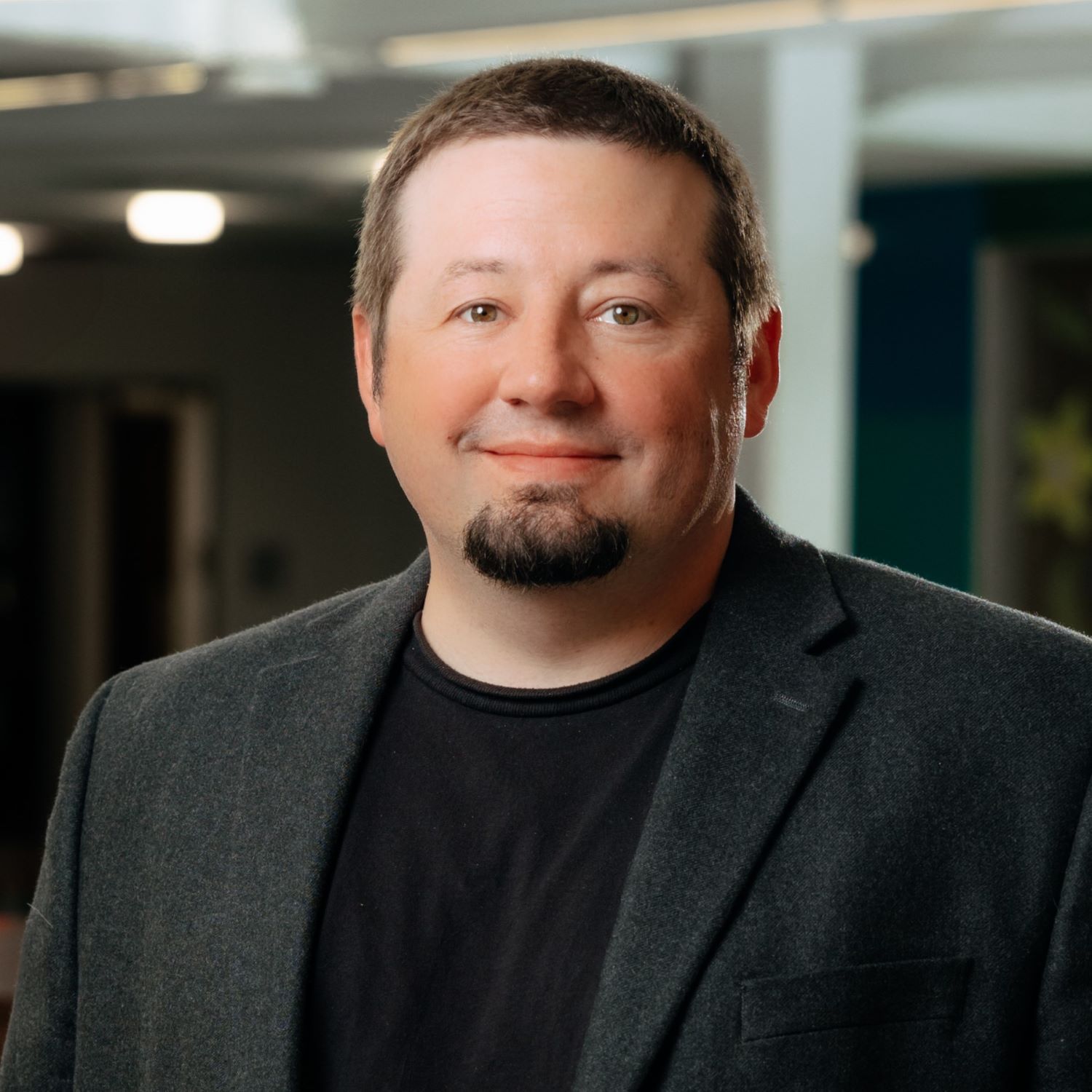 Programs
Programs
Instructional Design and Learning Technologies, MA
Principalship, ASC, MAE
Recreation, Tourism & Nonprofit Leadership, BA, MA
Superintendency, ASC
Teacher Leadership for International Educators, MA
Post-secondary Education: Student Affairs, MA
School Psychology, MAE, EdS"
Undergraduate certificates (4), graduate certificates (6)
Social and Emotional Learning, minor
Support Doctor of Education program
What attracted you to lead this new department? I was attracted to the chance to shape and lead a department focused on fostering a collaborative culture, valuing innovation and advancing human-centered design.
What is your initial hope and focus? Picture a large Venn diagram in your mind. I hope that faculty will focus on the areas of overlap, leveraging those connections to create meaningful and relevant learning experiences for our students, rather than concentrating on gaps.
What is the “beginning of the story” for LLC? What excites me most are the alignment tools we can use to break down traditional silos, and co-create innovative programs that serve our students.
We gained clarity--clarity grounded in who we are and what we value. This gives us a chance to modernize, update and attract new students.
Literacy, Early Childhood and Special Education (LESE)
Sarah Vander Zanden, Head
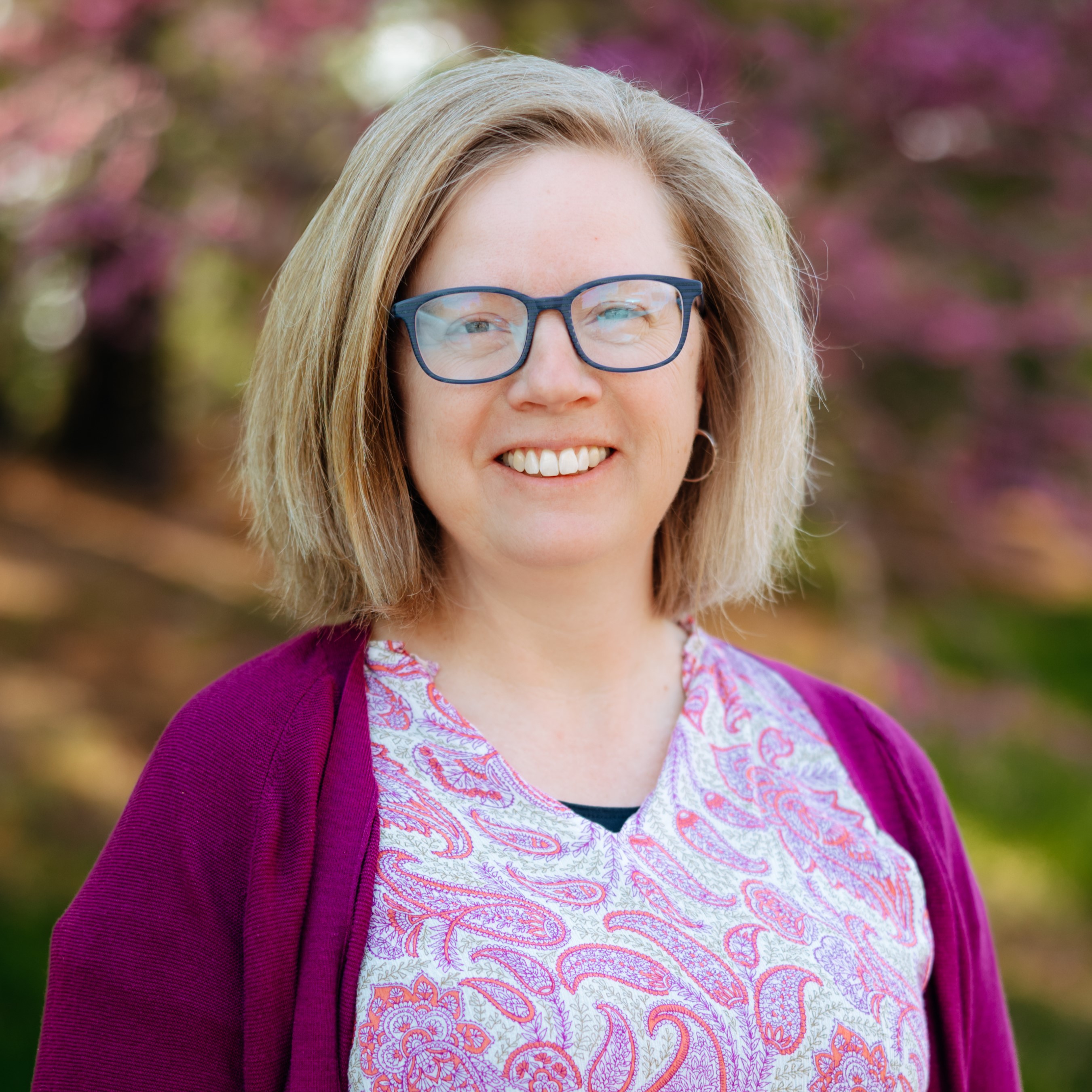 Programs:
Programs:
Early Childhood Education, BA, MAE, minor
Literacy Education, MAE, minor
Special Education, minors
School Library Studies, MA
Graduate certificates & endorsements (14)
Support Doctor of Education program
What attracted you to lead this new department? The group — excellent colleagues, interesting interconnections and a chance to support faculty and students in new ways. After working with the Educator Preparation Program community and curricular transformation process, it felt like a good chance to focus — renewal from a different perspective.
What is your initial hope and focus? To develop an understanding of who we are and build toward something we want to be, together. It’s important to honor what we bring to the group and see how that makes our research and teaching stronger.
What is the “beginning of the story” for LESE? Our department has interdisciplinary connections in many ways. We have frequently noticed this, but now it is at the forefront and, with a new grouping, there is space for a different path. The faculty in LESE are invested in understanding who learners are and how we can elevate their strengths and curiosity to be successful societal contributors.


